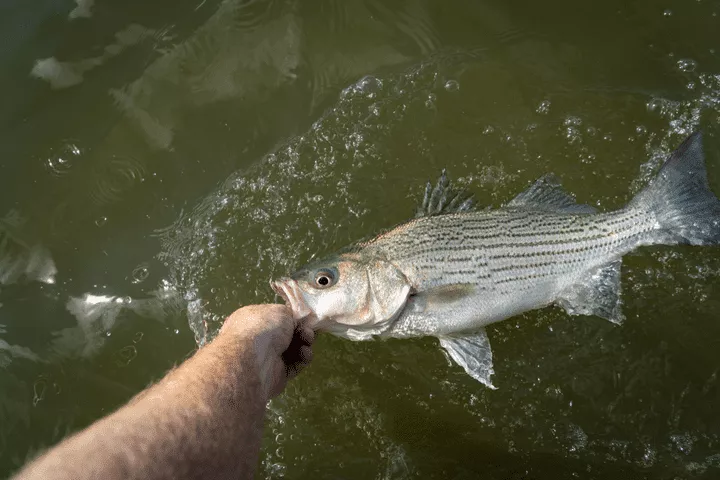Striped bass and longnose gar from Canyon Lake made headline news this week, with various media outlets reporting that Texas officials have advised anglers not to eat them due to mercury contamination.
Douglas Loveday, a spokesperson for the Texas Department of Health Services (DSHS), said that advisory dates back to October 2006, when it was signed and issued by Dr. Charles Bell, acting commissioner.
“It’s not a new advisory,” he said.
DSHS advises adults to limit consumption of these fish to no more than two 8-ounce servings per month. Children under 12 should limit consumption of striped bass and longnose gar to no more than two 4-ounce meals per month.
Women who are of childbearing age, who might become or are pregnant, and mothers who are breastfeeding should not eat the fish at all.
To learn more about DSHS fishing advisories and bans, click here.
To learn more about mercury levels in Canyon Lake, click here. A September 2006 report found striped bass tissues contained the highest mean-mercury concentration followed by longhose gar, largemouth bass, flathead catfish, white bass and blue catfish.
At that time, mercury was the only contaminant in fish from Canyon Reservoir that exceeded DSHS guidelines for the protection of human health. All fish collected from the reservoir contained mercury.
Evan Coleman, with Big Bassin Fishing, writes weekly fishing reports for Canyon Lake for the Texas Parks & Wildlife.
He said largemouth bass are the most popular with fishermen, with stripers coming in at number two.
This week bass are in all stages of the spawn and can be caught shallow or deep, Coleman said.




